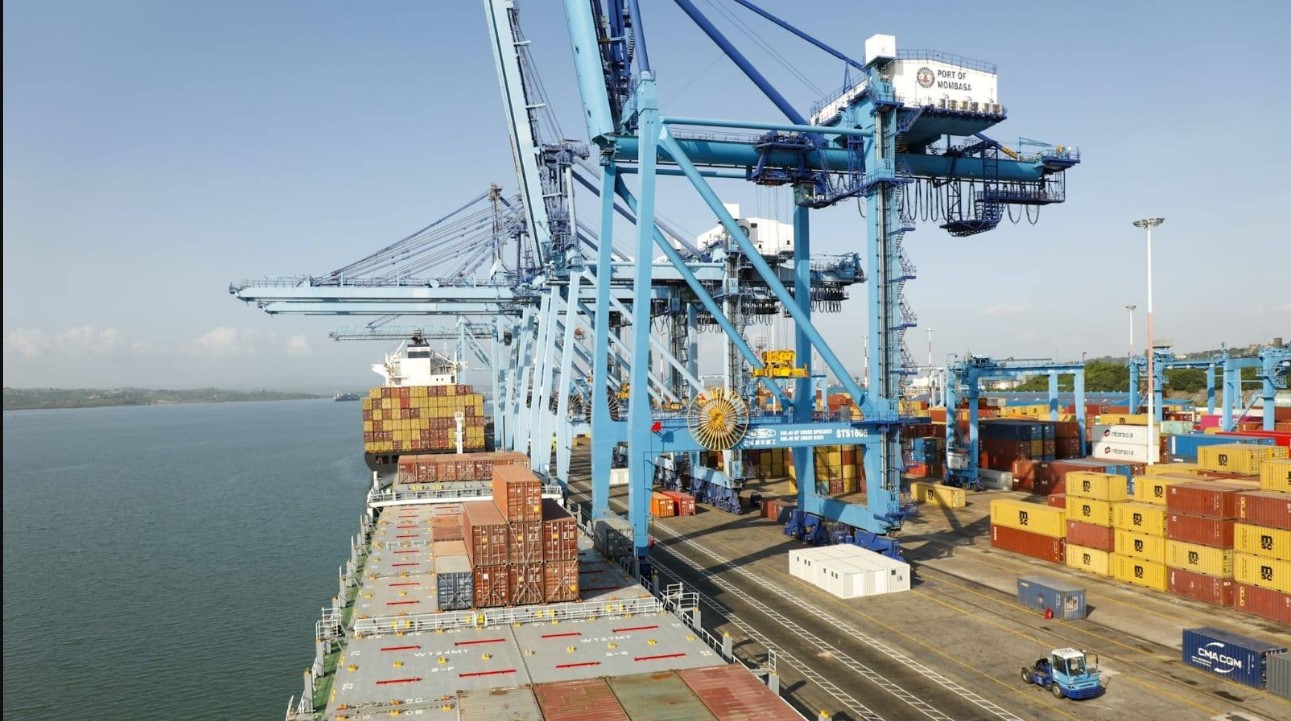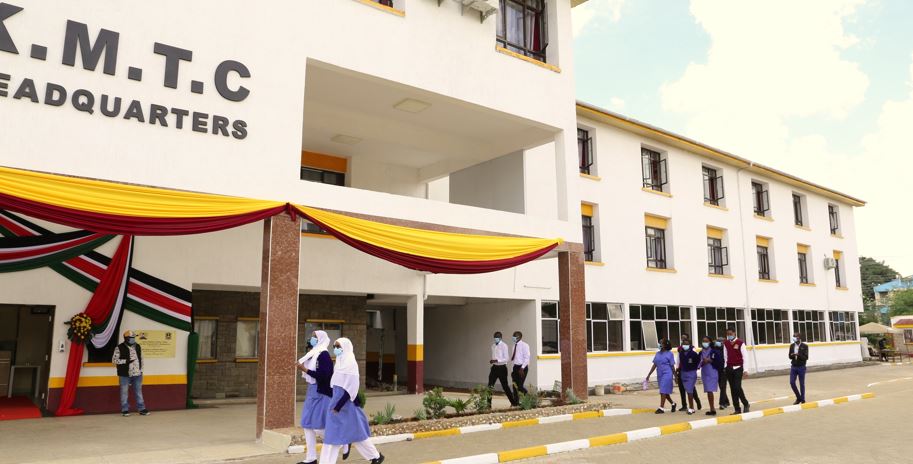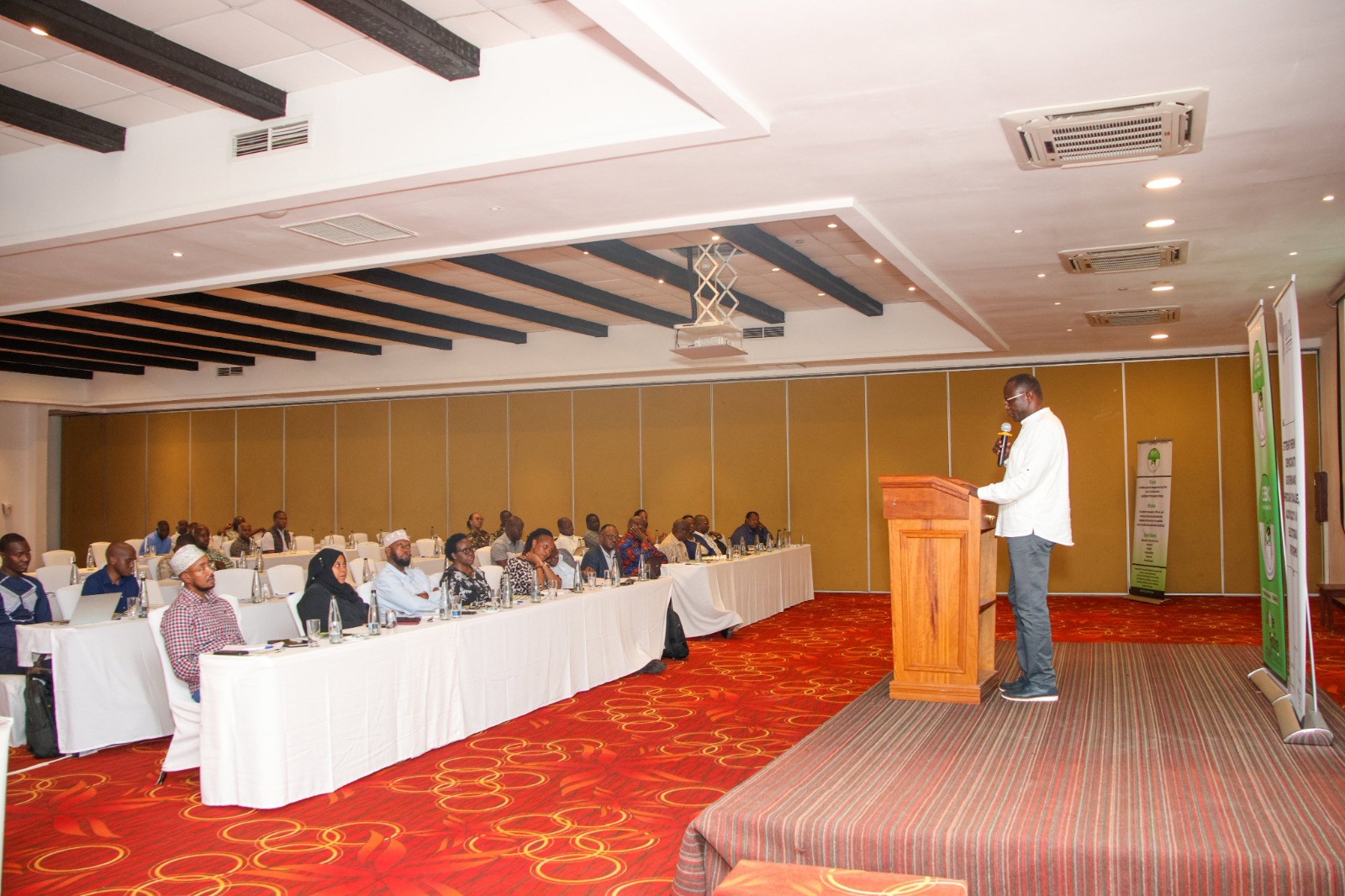Kenya’s economic output rises 8 per cent to hit Sh16.22 trillion in 2024

This is from Sh15.03 trillion in 2023, representing an eight per cent year-on-year growth.
The value of Kenya’s economy has expanded to Sh16.22 trillion as of December 2024, a new report has revealed.
This is from Sh15.03 trillion in 2023, representing an eight per cent year-on-year growth.
More To Read
- Ruto defends economic reforms, vows to push ahead with affordable housing, cost of living agenda
- KNBS under fire for ethnic imbalance in hiring as Senate demands recruitment records
- KIPPRA flags job creation as key concern despite Kenya’s economic growth
- 305 Kenyan diaspora deaths recorded in 2024, new report shows
- Kenya launches new data plan to help tackle climate change and development issues
- Fewer Kenyan women getting married, divorce rates on the rise - KNBS report
According to the 2025 Economic Survey Report by the Kenya National Bureau of Statistics (KNBS), the nominal GDP growth highlights the country's continued economic momentum despite global and regional challenges experienced during the year.
Ideally, a rise in nominal GDP means the market value of all goods and services produced in the country has grown, driven by a mix of higher production and increased prices.
Agriculture was the leading contributor, making up 22.5 percent of GDP, an increase from 21.5 percent in 2023.
Other sectors that made significant contributions include Transportation and Storage (12.7 per cent), Real Estate (8.4 per cent), and Financial and Insurance Activities (7.9 per cent).
Additionally, Wholesale and Retail Trade; Repairs (7.5 per cent), Manufacturing (7.3 per cent), Construction (6.3 per cent), and Public Administration and Defence (5.0 per cent) also made notable contributions.
In real figure terms, the GDP increased from a revised total of Sh10.4 trillion in 2023 to Sh10.9 trillion in 2024 resulting in an overall GDP growth rate of 4.7 per cent in the year under review.
This compared to a growth of 5.7 per cent in 2023.
Sector wise, accommodation and food services registered the highest growth of 25.7 per cent.
Arts, Entertainment and Recreation; Public administration and defence; Financial and insurance activities; Information and communication; Human health and social work activities grew by 15.0, 8.2, 7.6, 7.0 and 6.3 per cent, respectively.
Nevertheless, Professional, scientific and technical activities; Administrative and support service activities and Real estate grew by 6.3, 6.1, and 5.3 per cent, respectively.
Highlighting the contributions of various sectors to the overall economic growth, Agriculture, Forestry, and Fishing Activities emerged the leading driver of the overall GDP growth, contributing 16.8 per cent.
“Financial and insurance sectors followed closely, accounting for 15.3 per cent of the growth,” the report reads in part.
Other sectors that notably contributed to the overall growth include Real Estate at (11.4 per cent), Public Administration and Defence (10.4 per cent), Transportation and Storage (9.0 per cent), Accommodation and Food Service Activities (7.2 per cent), and Wholesale and Retail Trade; Repairs (6.6 per cent).
Top Stories Today














































